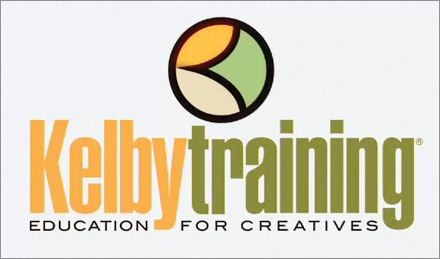
Environmental Light and Automotive Photography
English | Duration: 1h 10m | H264 | 1280x720 | 29.97fps 1913kbps | AAC 44.1KHz | 576 MB
Genre: elearning
Meet up with Tim Wallace and a Dodge Challenger to learn what is possible for shooting cars with just one camera, one lens, and available light. Shooting a black car can present real challenges for proper exposure, but Tim’s careful, yet efficient process will take you through each step, and have you out shooting like a pro in no time! You’ll learn about the gear he uses, how to look at a scene from all the angles, and why it is important to leave yourself room to be creative.
Join Tim and Matt as they discuss the shots they will use in this class and Tim's approach to post processing. Analyzing the Frames (03:34) Tim explains the purpose of each exposure he captured on location, and how they will all work together to create the final result. Car Exposure (05:08) Starting in Adobe Camera Raw, Tim works on fine tuning the first photo to get the best results on the car itself. Tweaking the Front End (07:11) To tweak the exposure on the front end of the car, Tim takes the original raw photo back into Camera Raw with the intention of blending it into the base exposure of the car back in Photoshop using a layer mask. Background Base (05:56) Time for the capture that will serve as the background base layer to head into Camera Raw for basic processing. Blending the Background Layers (05:17) The background layer is crucial to the atmosphere of the photo. Using a layer mask to blend the 2 processed versions together allows for the best mix of shadow and detail. Bringing Out Detail (07:58) Tim shares a neat trick using blending modes to bring out detail with a great level of fine control. Merging the Car and the Background (09:13) The surface of the car reflects the background environment, so it is important to blend the exposures together before making final tonal adjustments to make the results seamless. The Floor (13:09) During the actual shoot the last frame of the day was made after wetting the floor with a hose to create a shot with the car's reflection in the surface of the floor. Now it's time to process the floor shot in Camera Raw, then bring it into Photoshop and blend it into the final image. Closing Tips (10:48) Tim wraps up the class by sharing a few tips for adjusting the shadows and highlights without touching the color while working on a new photo from a different shoot. Download Environmental Light and Automotive Photography.part1.rar or Environmental Light and Automotive Photography.part1.rar
Environmental Light and Automotive Photography.part2.rar
Environmental Light and Automotive Photography.part3.rar
Environmental Light and Automotive Photography.part4.rar
Environmental Light and Automotive Photography.part2.rar
Environmental Light and Automotive Photography.part3.rar
Environmental Light and Automotive Photography.part4.rar
TO MAC USERS: If RAR password doesn't work, use this archive program:
RAR Expander 0.8.5 Beta 4 and extract password protected files without error.
TO WIN USERS: If RAR password doesn't work, use this archive program:
Latest Winrar and extract password protected files without error.

